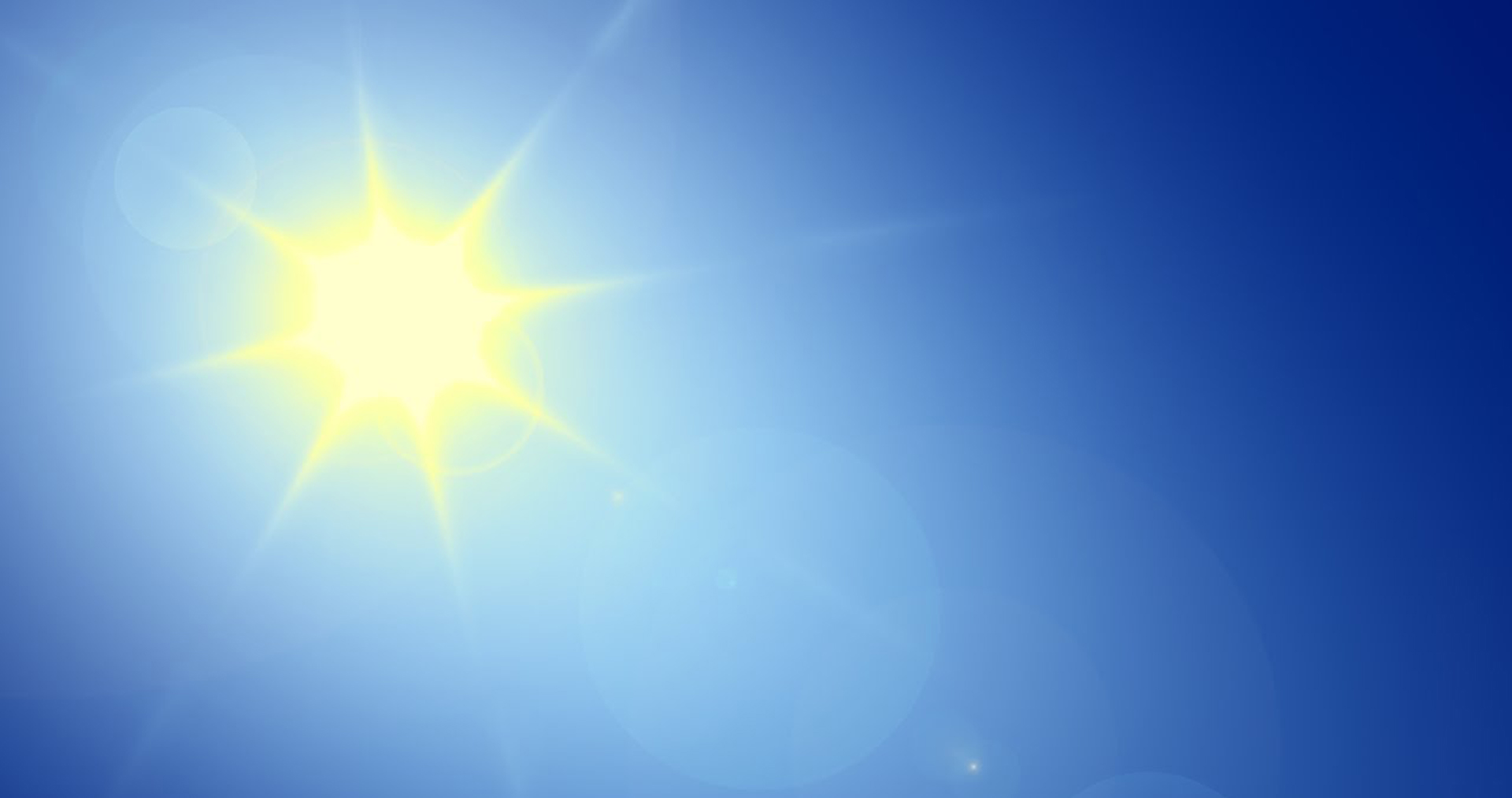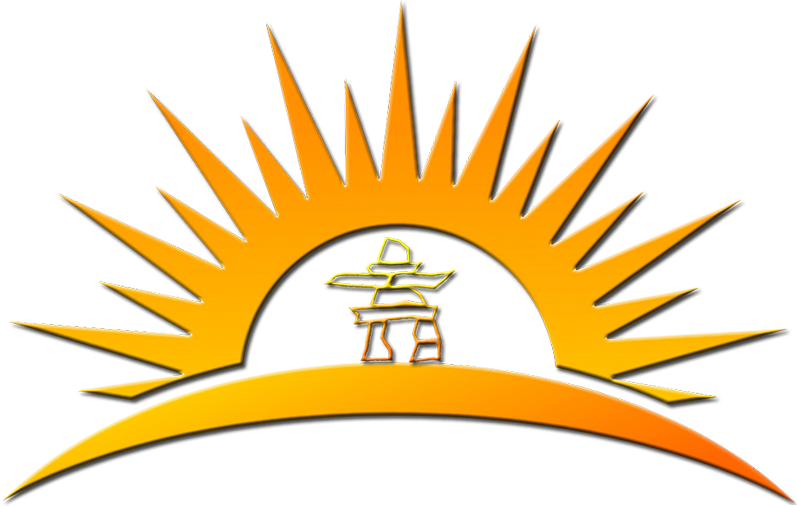




Space Climate 7 Meeting Abstract
Understanding the shape of sunspot cycles by principal component analysis
Kalevi Mursula (University of Oulu)
Jouni Takalo (ReSoLVE Center of Excellence, Space Climate Research Unit, University of Oulu, Finland)
We apply the principal component analysis to study the shape of sunspot cycles using the Wolf sunspot numbers and group sunspot numbers of solar cycles 1-23. The first two components describe the average cycle shape and cycle asymmetry, respectively. We determine the most typical "model" cycles and the most asymmetric cycles, and test the validity of the two Waldmeier rules: the anti-correlation between cycle height and the length of its ascending phase (rule 1), and between cycle height and the length of the preceding cycle (rule 2). The best model cycles for Wolf numbers are SC12, SC14, and SC16, the successive even cycles from a long period of rather low overall solar activity. We find that the model cycles in eight different analyses using both sunspot series are almost exclusively even cycles. Correspondingly, the most asymmetric cycles are odd cycles. We find that both Waldmeier rules are valid for the whole Wolf number series of 23 cycles. Waldmeier rule 2 is also valid for group number series although its significance is weaker. Waldmeier rule 1 is not significant for the original group number series, but becomes significant for the proxy series. The preference of even cycles as model cycles supports the Gnevyshev-Ohl rule and the related 22-year alternation of cycle amplitudes and intensities, with even cycles on average being 10-15% lower than odd cycles. Our results also offer a new interpretation for the Gnevyshev gap. In addition to being a local depression of solar activity, the Gnevyshev gap is a separatrix that divides cycles into two parts whose relative intensities determine the cycle asymmetry. The Gnevyshev gap is the zero value time of PC2, located approximately 33-42% into the cycle after its start.
Mode of presentation: poster
